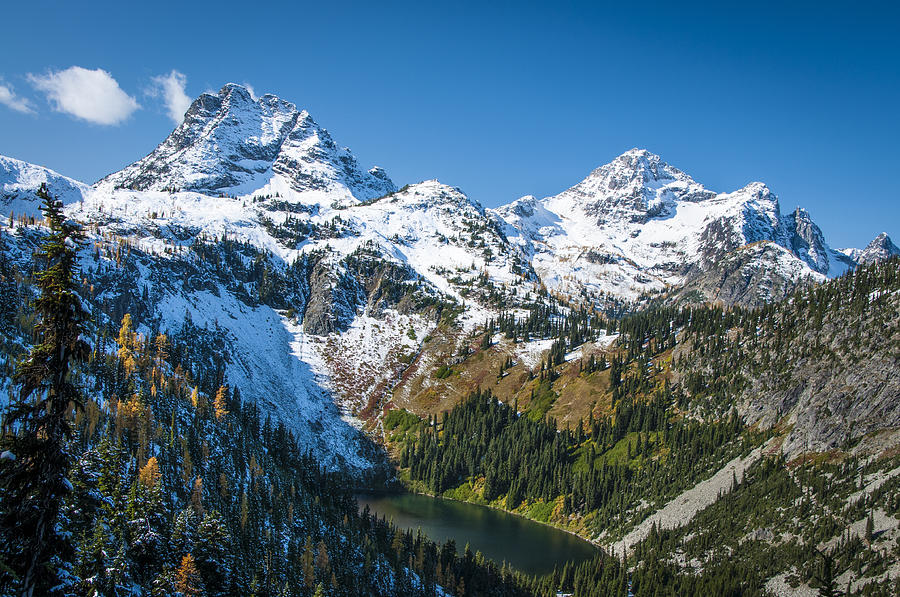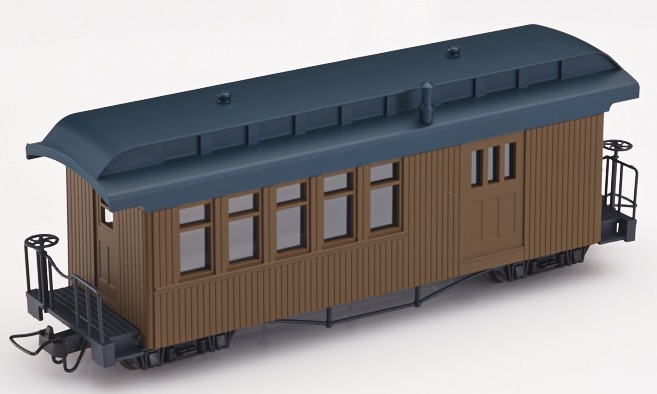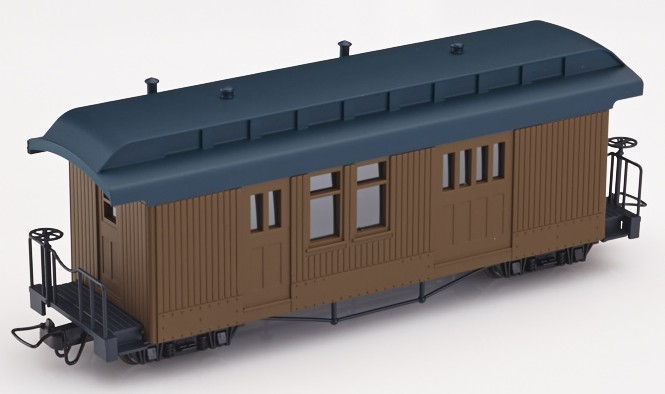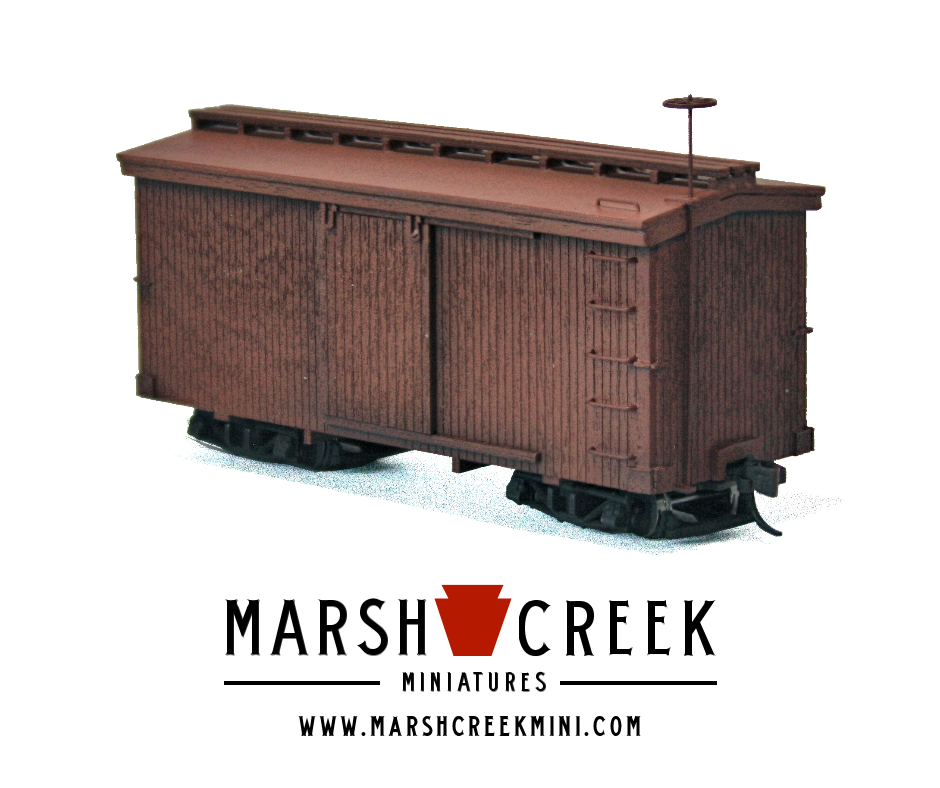Hey all! It's certainly been a while since I've last made an update here. I've had a lot going on between work and online school... and a potential second part time job... So it's been a little hectic on my end, but I'll share a few things with you guys.
First up, as the title eludes to, I'll share my first piece of freight stock with you. It's a boxcar made from a Marsh Creek Miniatures kit. I have to say I was very, VERY impressed with the kit and highly recommend these kits if you're an HOn30 modeler.
Here the car is almost finished and it just needs the brake wheel and final touches. I still need to do some touch up paint on some of the car's "hardware", but the car itself was "painted" with artist chalk believe it or not! I stumbled across an amazing video tutorial by Joey Ricard of Trackside Scenery on YouTube. A link is provided below for you to check out.
I've seen a lot of tutorials for mimicking faded and weathered pain on wood, but this i have to say is one of the simplest, and yet, most effective methods I've ever seen! I had to pick my jaw up off of the floor when I was done watching. Although he used the method on a model structure I figured the same technique could be used on rolling stock. I won't go into detail on that as the video explains the process pretty well, just imagine the MCM boxcar kit being used instead.
I also happened to acquire a flat car/gondola 2-in-1 kits. However I'm still working on these cars and have elected to build one of each option. One flat car and one gondola, this way I have one example of each basic piece of freight stock on the roster.
I also happened to acquire a flat car/gondola 2-in-1 kits. However I'm still working on these cars and have elected to build one of each option. One flat car and one gondola, this way I have one example of each basic piece of freight stock on the roster.
Here you can see both cars in various stages of construction. The colored one in the background is destined to be the flat car and the "unpainted" one is going to be the gondola. The wood was given an ached color with a solvent based stain with flat black paint and thinner. The gondola will be given the same oxide red color as the flat car and boxcar when finished.
The trucks of these cars will also be from Marsh Creek Miniatures using their wonderful 3D printed trucks. Here I've placed one on the end of a bamboo skewer before it was primed and painted. They're fairly small, but a lot tougher than I was expecting. I though that the medium used to print these would make them brittle and thought they would break easily. I'm glad they're more durable than I thought they would be, but I would still take great care when handling them.
The trucks of these cars will also be from Marsh Creek Miniatures using their wonderful 3D printed trucks. Here I've placed one on the end of a bamboo skewer before it was primed and painted. They're fairly small, but a lot tougher than I was expecting. I though that the medium used to print these would make them brittle and thought they would break easily. I'm glad they're more durable than I thought they would be, but I would still take great care when handling them.
To paint these trucks I soaked them for about 20-30 minutes in denatured alcohol and then rinsed them thoroughly with distilled water. I let them dry for a few days before priming them with Model Master flat grey primer. That's my personal preference, though sadly I ran out of that and had to use some Rustoleum gre primer for the rest. It's a bit grittier so I imagine the pigments aren't as fine, sadly. But it worked for the most part. I let the primed trucks dry for several more days before spraying them with Model Master flat black. The trucks are intended to use Fox Valley Models N scale wheels and work pretty well. Though you may need to ream the axle journals a little with a fine drill bit to get them to roll more freely.























